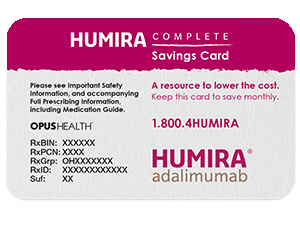

Eligibility: Available to patients with commercial prescription insurance coverage for QULIPTA who meet eligibility criteria. Eligible patients will receive copay assistance through one or more forms, such as a savings or copay card, and enrollment requirements may vary. This benefit covers QULIPTA™ (atogepant). It’s a shame that we find something that works and then insurance tells us we can’t do it.*Terms and Conditions apply.
AJOVY COPAY CARD FREE
“We’re going to come to the end of the free trials, and then what’s going to happen? Are the medications going to become exorbitantly expensive? Are they not going to be covered with Botox, and we’re going to have to choose?” Natbony says. And with assistance programs coming to their end, Natbony says she’s worried about the future. She’s also had to make tough choices for patients using both migraine drugs and Botox, making educated guesses about which one a patient needs if they can’t get coverage for both. At first, she says, she couldn’t get CGRP drugs approved for patients with Medicare, though recently she’s been having some breakthroughs. Natbony can attest to these insurance headaches. People without insurance face an even more difficult path, since they’ll bear the brunt of list prices when assistance programs run out. Some refuse to cover CGRP drugs if they’re used in conjunction with Botox- a common migraine treatment-since they have not been studied together, even though clinicians and patients are finding success with the combination. Other times, they require that prescriptions come from costly, and often difficult-to-find, specialists. Sometimes, providers require proof that patients didn’t respond to other, less-expensive therapies before they cover a pricey drug.

Navigating prior authorizations, whether they come from private or public insurers, can be labyrinthine. Some patients, like Hart, hit roadblocks because their insurance provider only covers certain drugs within the class, while others struggle to overcome prior authorizations: requirements that force doctors to get permission from their patient’s insurance provider before it will cover a drug.

“We’re at the era where say they’re covering these medicines, but now we’re going to start seeing at the individual patient level just how much that is true or not,” Lenaburg says.Īlready, it’s easy to find migraine patients struggling to navigate the complicated web of permissions and designations required to gain coverage. When they run out, many more patients may have to enter into insurance battles, Lenaburg says. Amgen/Novartis’ assistance program covers 12 doses, Eli Lilly’s lasts 12 months and Teva’s runs through December of this year. Kevin Lenaburg, executive director of the Coalition for Headache and Migraine Patients, says these programs have gone a long way toward providing access, but the future is uncertain. To help those without insurance, or with inadequate coverage, each drug maker rolled out financial-assistance programs meant to help patients get free or highly subsidized supplies. Representatives for Eli Lilly and Teva said both Emgality and Ajovy are available to 80% of patients with commercial insurance, while Amgen and Novartis report 75% approval rates for new Aimovig patients on both commercial and Medicare Part B plans. But each drug has a list price of $575 per month, putting them out of reach for many uninsured patients, as well as those whose insurance does not yet cover the new drugs.


 0 kommentar(er)
0 kommentar(er)
